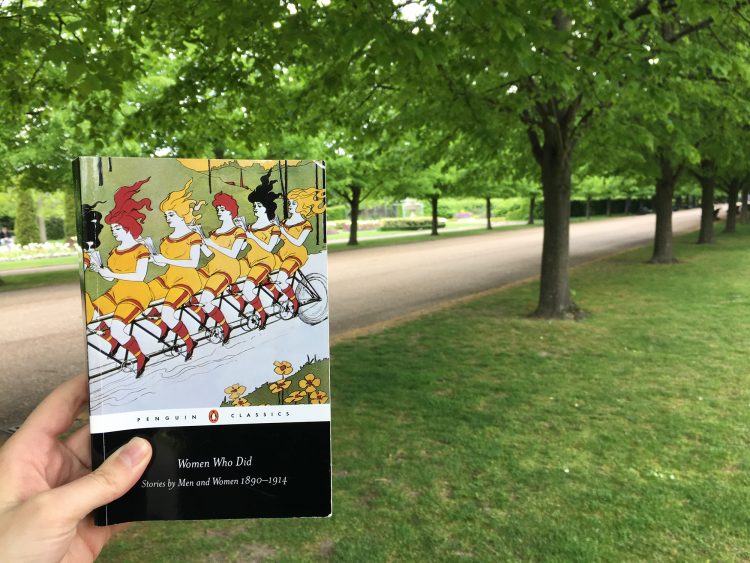In 1894, the novelist Sarah Grand introduced the term ‘New Woman’ in her essay ‘The New Aspect of the Woman Question’ published in the North American Review. The New Woman was a dominant figure during the 1890s and the early 20th century, and threatened ideals of femininity with her demands for the vote, education and sexual equality, and social reform. Across Britain and the United States, the 1890s also witnessed the explosion of the short story, which gave rise to a range of New Woman fiction. The short story was a liberating form for New Woman writers, giving women a means of self-expression that had been previously denied to them.
New Woman writers such as Kate Chopin, Sarah Grand and Charlotte Perkins Gilman used the short story to explore female subjectivity, and to expose repressive social codes. Below are some of my favourite works by New Women writers, taken from Women Who Did: Stories by Men and Women 1890-1914, edited by Angelique Richardson.
Charlotte Perkins Gilman, The Yellow Wallpaper (1892)
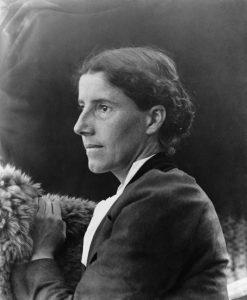
A powerful dramatisation of the destructive potential of Victorian gendered ideology, The Yellow Wallpaper focuses on the developing psychosis of the narrator, who, after giving birth to her baby, suffers a “nervous condition”, and is ordered by her physician husband to rest. Confined to a room covered with “smouldering, unclean” yellow wallpaper, the wallpaper becomes a symbol of patriarchal oppression, and provides a canvas on which the narrator can project her internal fantasies. Throughout, Perkins Gilman critiques Victorian ideals of femininity and marriage, exposing their damaging consequences.
Mona Caird, The Yellow Drawing Room (1892)
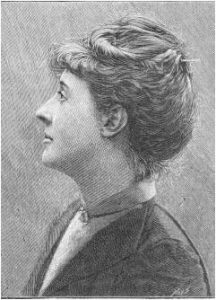
In The Yellow Drawing Room, Mona Caird boldly speaks out against Victorian gendered conventions. After her mother’s death, the defiant Vanora Haydon decides to paint her family’s drawing-room yellow – a colour associated with decadence and emancipation – to the horror of the narrator, St Vincent. Despite drawing upon the ideology of separate spheres to force Vanora to conform to his ideal of femininity, St Vincent’s attempts to woo her are unsuccessful. The Yellow Drawing Room taps into fin de siècle anxieties surrounding the failings of Victorian gendered ideology, and the threat this posed to male roles.
Kate Chopin, An Egyptian Cigarette (1900)
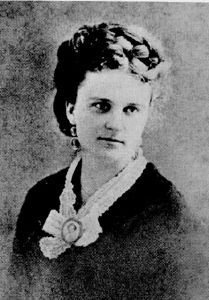
Kate Chopin’s An Egyptian Cigarette is bound up with exoticism, erotic hallucinations and abandonment. In the decadent setting of an oriental smoking room, the narrator is given a box of Egyptian cigarettes made from “pale-yellow paper.” As she starts to smoke, she dreams she is lying alone in the desert, abandoned by her lover. The bleakness of the desert serves to reinforce her position as an ostracised other, accentuating her despair and her all-consuming, yet unrequited, love. Chopin explores how the hallucinatory power of the cigarette enables the narrator to experience exotic fantasies, but even in the supposedly liberating world of dreams, she still becomes a victim of the patriarchy.
Katherine Mansfield, Levres Amores (1907)
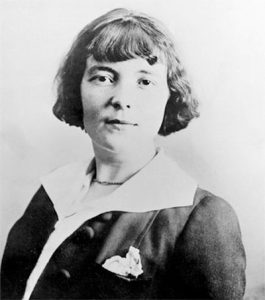
Centred on a same-sex relationship, Levres Amores was written when Mansfield was just nineteen, and takes its name from a medieval Latin love lyric, where the poet describes the eyes of his lover. The narrator’s internal anxieties surrounding ageing and her loss of passion, are externalised in the descriptions of the “dreary room” in the Thistle Hotel, where “a dull, grey light hovered over everything”. Even the narrator’s lover is described as “dull and grey and tired.” After a night at the opera, the pair return to her lover’s room, where they embrace. In this pivotal moment, the bleakness dissipates and the room becomes animate – symbolising the characters’ sexual reawakening.
Evelyn Sharp, Filling the War Chest (1910)
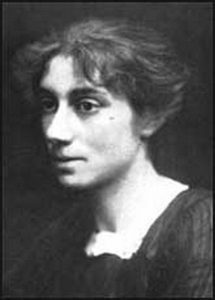
During the early 1900s, the women’s suffrage movement gained momentum in Britain. Set in a bustling London street, Filling the War Chest focuses on the efforts of a female activist fighting and raising funds for women’s suffrage. Sharp emphasises the challenges the protagonist faces- from the verbal attacks of anti-suffragists, “the enemy”, to being ignored by passers by. In trying to capture the public’s attention, Filling the War Chest provides a sustained commentary on the levelling of social classes, and pre-conceived notions of class behaviour.
I hope this has given you an introduction to New Women writers, and I would love to know who your favourite writers from this period are!
Women Who Did: Stories by Men and Women is published by Penguin Classics and is available here.

